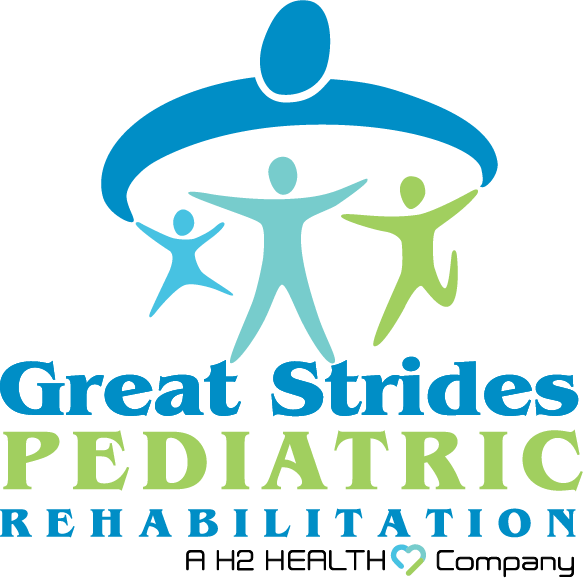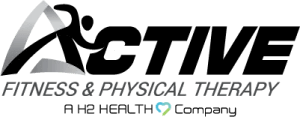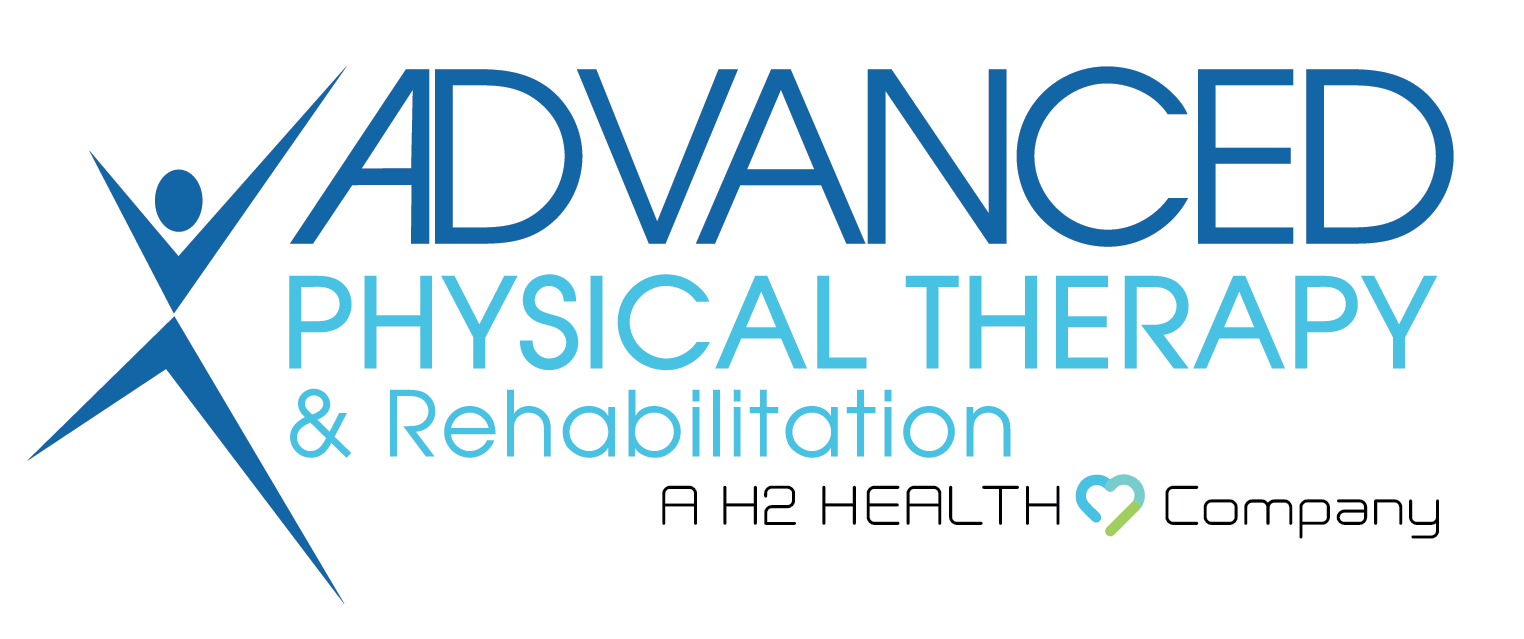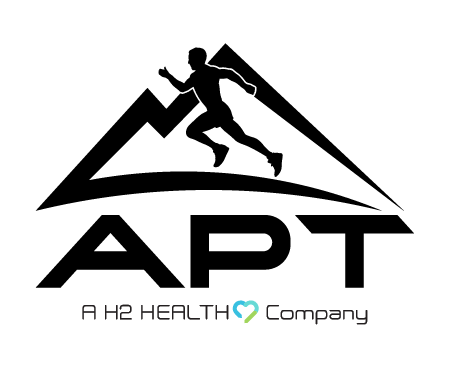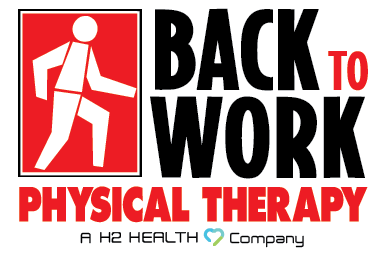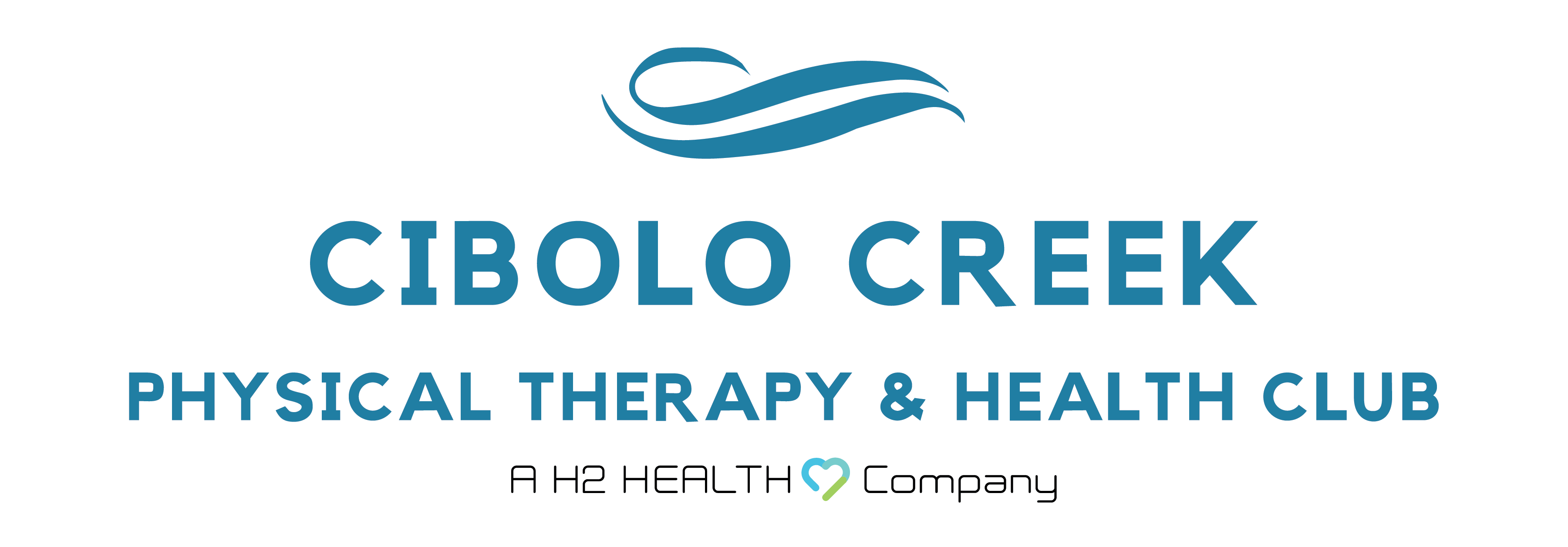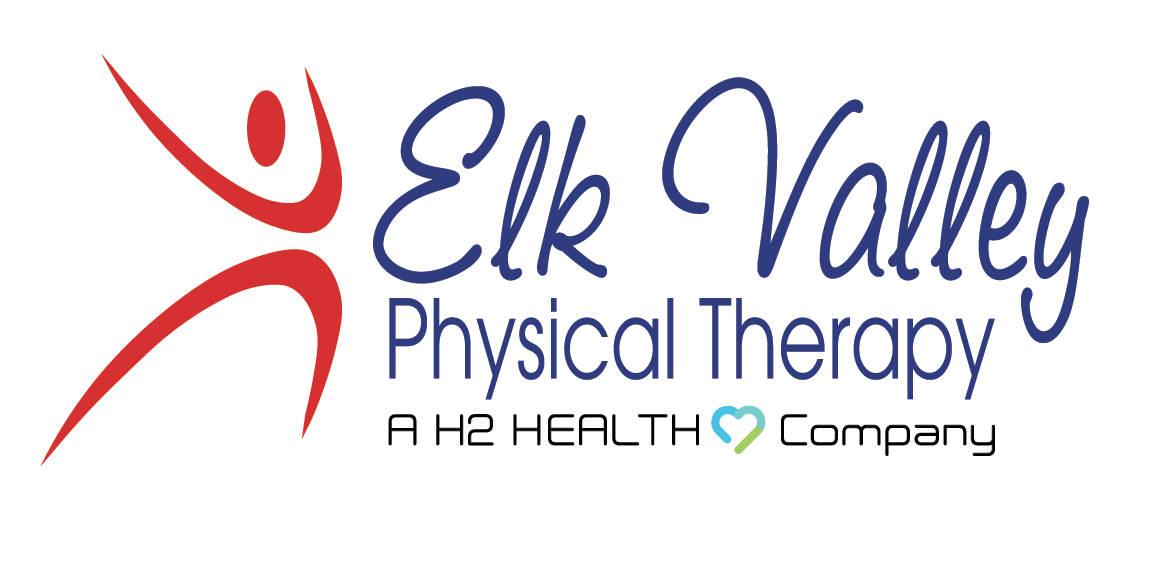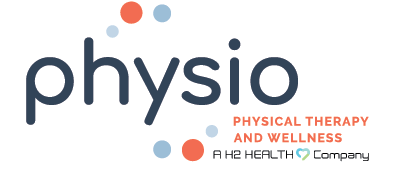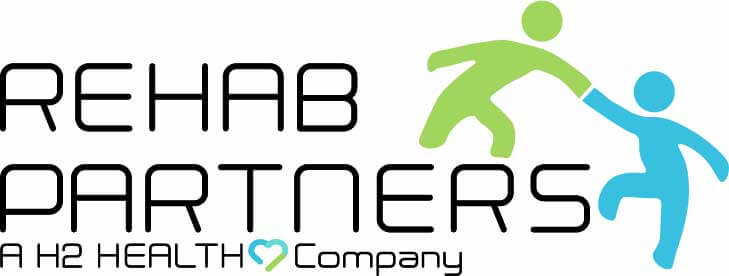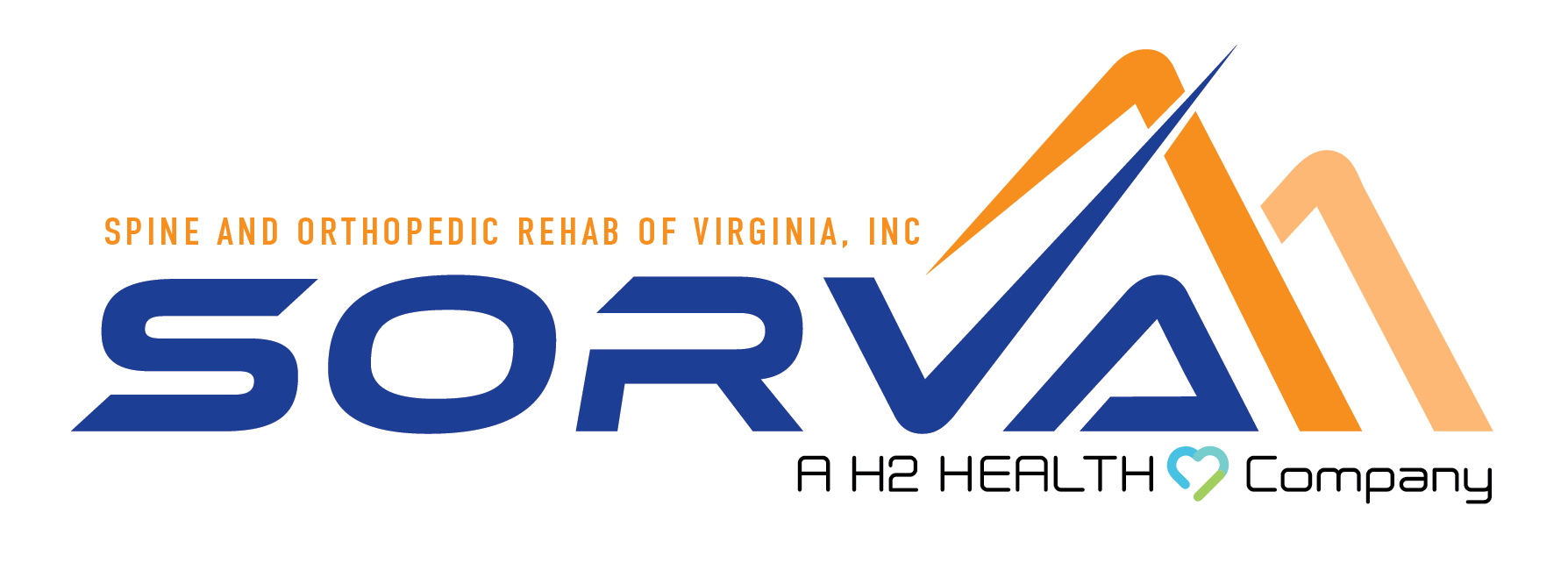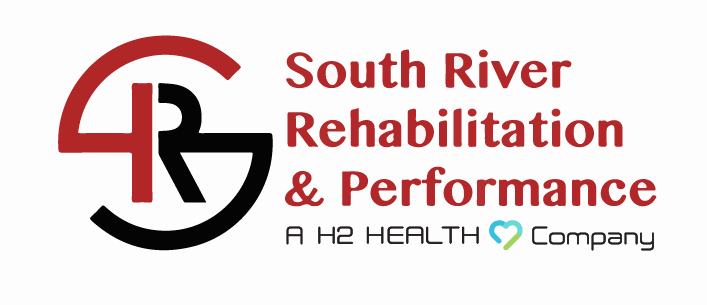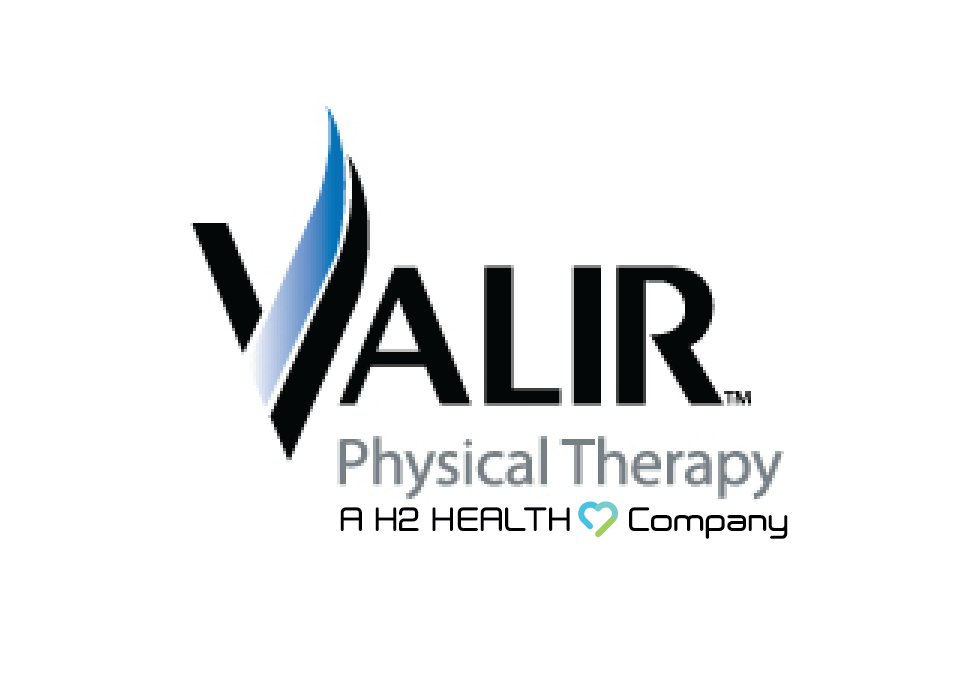
Temporomandibular joint (TMJ) disorders can make daily life difficult. Pain in the jaw, face, or head, along with difficulty chewing, talking, or even opening your mouth wide, can disrupt your routine.
If this sounds familiar, you might be searching for a solution that does more than mask the pain. Tailored TMJ physical therapy could be the answer.
This blog outlines how physical therapy, customized to your needs, can help improve TMJ symptoms. Let us explore the benefits of TMJ physical therapy and the breakdown techniques used by physical therapists.
What Is TMJ, and Why Does It Hurt
The temporomandibular joint connects your jawbone to your skull. This complex joint allows you to chew, talk, and yawn. TMJ disorders occur when the joint or the muscles surrounding it are not functioning as they should. Common causes include:
- Injury to the jaw or joint
- Chronic teeth grinding or clenching (bruxism)
- Arthritis affecting the joint
- Poor posture straining neck and jaw muscles
- Misalignment of teeth or jaw
Symptoms range from mild discomfort to debilitating pain, limiting your quality of life.
Why Choose Physical Therapy for TMJ Relief
TMJ physical therapy goes beyond temporary fixes like pain medications. It directly targets the root causes of pain and dysfunction. Physical therapy helps:
- Reduce pain and inflammation.
- Improve jaw mobility and function.
- Restore proper jaw alignment and posture.
- Strengthen jaw and neck muscles.
- Enhance overall quality of life.
Rather than solely focusing on symptoms, physical therapy addresses the underlying muscle and joint issues, delivering long-term relief.
Techniques Used in TMJ Physical Therapy
Physical therapists use evidence-based methods to help patients manage TMJ disorders. Here are some common TMJ physical therapy techniques:
1. Manual Therapy
Manual therapy involves a physical therapist using their hands to massage and mobilize the muscles and joints around the jaw. This hands-on approach helps alleviate muscle tension, improve blood flow, and restore joint mobility.
Techniques such as trigger point release and joint manipulation can also help relieve pain and enhance function.
2. Postural Training
Poor posture, especially from prolonged desk work or looking down at phones, places unnecessary strain on the jaw, neck, and shoulder muscles. Physical therapists may teach postural correction exercises to align the head, neck, and shoulders properly.
Improving posture can significantly reduce jaw tension and prevent further strain on the temporomandibular joint (TMJ).
3. Range-of-Motion Exercises
These exercises are essential for restoring natural jaw movement and improving flexibility. By practicing safe, therapist-guided exercises, patients can regain their ability to open, close, and move their jaw in various directions without pain or stiffness.
Over time, these TMJ physical therapy exercises improve function and reduce discomfort during daily activities such as eating or speaking.
4. Strengthening Exercises
Weak or imbalanced muscles in the jaw, neck, and shoulders can contribute to TMJ disorders. Strengthening exercises focus on building muscle stability around the jaw joint, providing better support and reducing strain on the TMJ.
These exercises are often tailored to each patient’s specific needs to ensure gradual and effective improvements.
5. TENS Therapy (Transcutaneous Electrical Nerve Stimulation)
TENS therapy is a non-invasive therapeutic modality often used for TMJ pain management. It involves placing small electrodes on the skin around the jaw and neck to deliver low-level electrical currents. These currents help relax the jaw muscles, reduce pain, and improve blood flow.
TENS therapy can also decrease muscle spasms and enhance overall comfort, making it a valuable addition to TMJ treatment plans.
6. Ultrasound Therapy
Ultrasound therapy is a non-invasive treatment that uses sound waves to penetrate deep into the jaw tissues. The gentle heat generated by the ultrasound can help reduce inflammation, increase blood circulation, and relax tight muscles around the TMJ.
This therapy is often used in combination with other treatments to enhance pain re
7. Heat and Cold Therapy
Thermal therapy is an effective way to manage TMJ symptoms. Heat packs can improve blood circulation, relax tight muscles, and promote healing, while ice packs help reduce inflammation, swelling, and acute pain around the TMJ area.
Alternating between heat and cold therapy is often recommended for optimal relief.
TMJ Physical Therapy in Florida
TMJ does not have to control your life. With tailored physical therapy interventions, you can achieve lasting relief without invasive procedures. Take charge by consulting experts in orthopedic physical therapy or outpatient physical therapy.
If you are looking for trustworthy care, H2 Health offers specialized TMJ treatments as part of our comprehensive services. Our licensed therapists evaluate, plan, and guide you toward meaningful recovery. Plus, our specialists ensure you feel confident and cared for throughout your rehabilitation.
Do not wait another day to find relief from TMJ pain. Schedule your initial consultation with H2 Health clinic near you to unlock a life free from discomfort. Or request a consultation with our orthopedic physical therapy provider using our appointment request form. We look forward to serving you!

